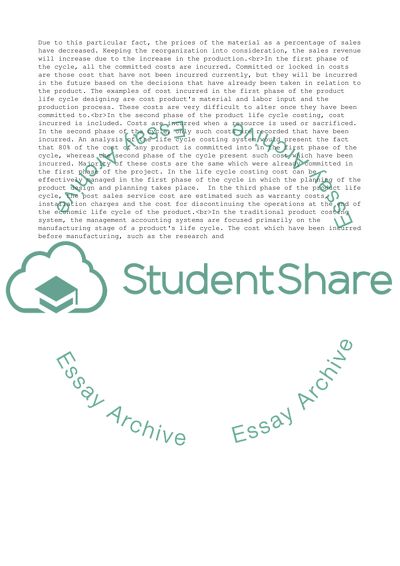Cite this document
(“Assessment for Managerial Accounting Term Paper”, n.d.)
Retrieved from https://studentshare.org/business/1606035-assessment-for-managerial-accounting
Retrieved from https://studentshare.org/business/1606035-assessment-for-managerial-accounting
(Assessment for Managerial Accounting Term Paper)
https://studentshare.org/business/1606035-assessment-for-managerial-accounting.
https://studentshare.org/business/1606035-assessment-for-managerial-accounting.
“Assessment for Managerial Accounting Term Paper”, n.d. https://studentshare.org/business/1606035-assessment-for-managerial-accounting.


